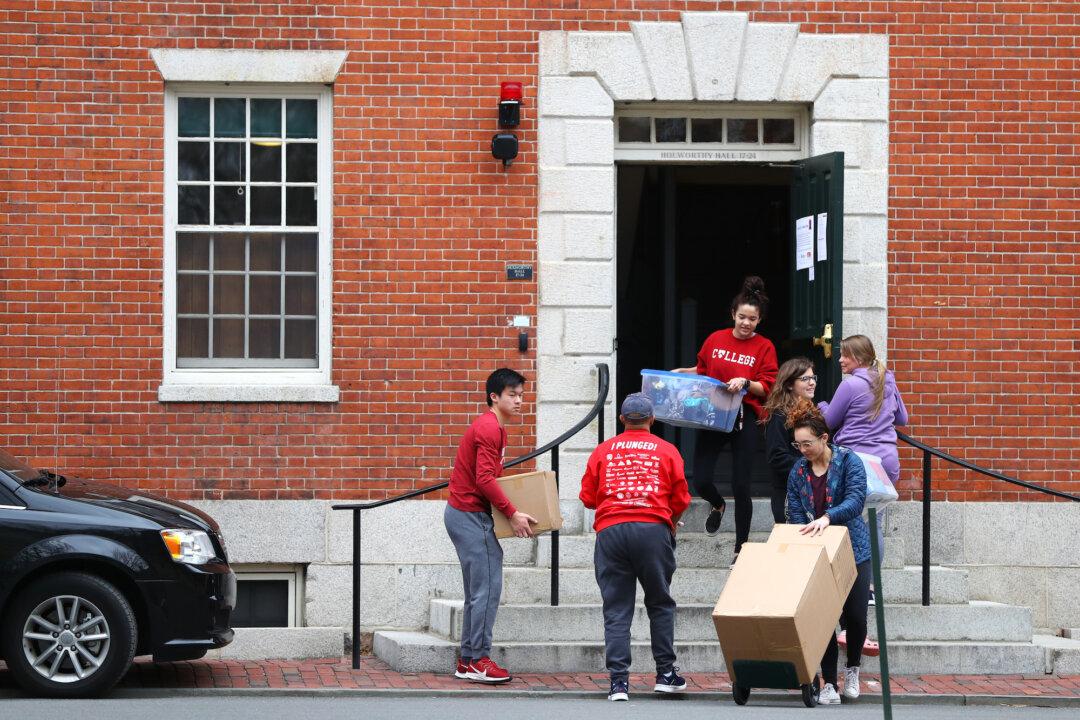Universities and colleges are working to secure isolated environments for students who have tested positive for the CCP virus amid increased cases ahead of schools opening, according to Medical XPress.
It follows a suggestion from Deborah Birx, one of the White House Coronavirus Task Force members, who warned schools on Aug. 31 to not send their COVID-19-positive students home to avoid further spread. It was further echoed by Anthony Fauci, who said that sending students who test positive home is the worst decision that a school could make.





